Making Things Physical
Considering embodied, multimodal, and playful learning in exploring possible futures.
Excerpts from the article outlining a cross-section of FoAM and Time’s Up’s work with physical narratives (PNs), which draw upon experiential futures and experience design. First published in a special edition of the Journal of Futures Studies on Design and Futures.
Physical narrative (PN) is a theatre without actors, where spectators become engaged participants, playfully discovering a story by experiencing physical spaces, objects and media. A PN is an explorable world. An open scenario rather than a singular story. PNs take the form of immersive installations where entangled fragments of scenarios can be experienced through all the senses as a self-contained, aesthetically coherent reality.
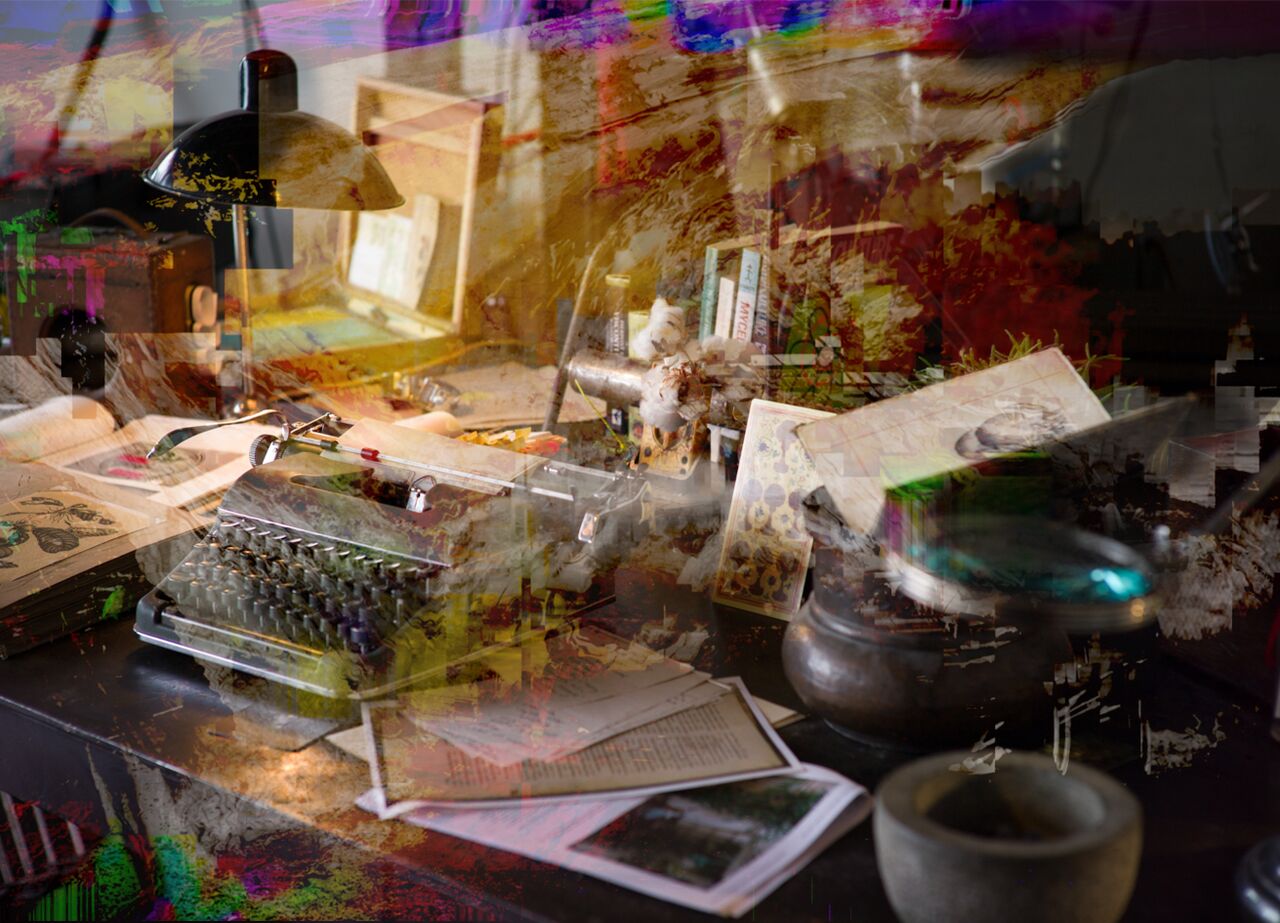 PARN Recap by FoAM, part of Notational Resume (2013)
PARN Recap by FoAM, part of Notational Resume (2013)
As there are no human guides in a PN, visitors gather meaning and interpret situations in a similar way as they would in unfamiliar environments. They are invited to observe, investigate, and discuss what it might be like to be a part of a possible future in physical situations that can be freely explored. Reading a foresight report or watching design fiction videos assumes a distance between the scenario and the reader or viewer. In physical narratives, visitors become a part of the scenario, surrounded by it as if they were in a parallel world. The level (or depth) of immersion is important, allowing visitors to investigate the scenario using all their sensory, somatic, intuitive, and cerebral faculties. Such immersive experiences can be intense and disorienting, especially with near future scenarios. The experiences can elicit strong emotional responses, or a desire to understand repercussions a particular future may have for the visitors’ own lives. Incorporating social spaces within PNs to decompress and share experiences is crucial for their critical assimilation. The visitors can exchange insights and extrapolate to their own aspirations and projections.
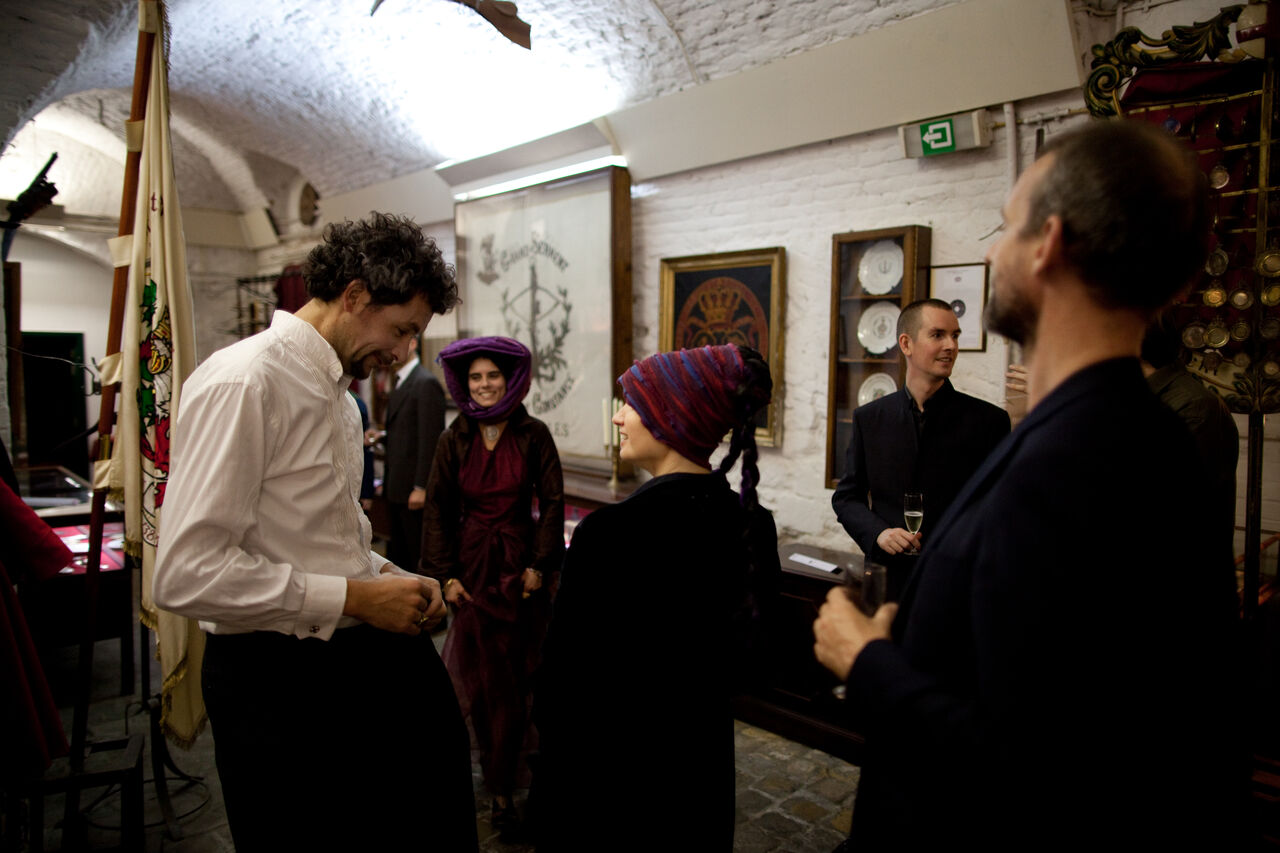 The Guild for Reality Integrators and Generators welcoming its guests at gRig Froesjels (2009)
The Guild for Reality Integrators and Generators welcoming its guests at gRig Froesjels (2009)
With physical narratives, we design speculative situations and scenarios as tangible environments. PNs generally incorporate three key aspects in their design: playful exploration, multisensory experience, and social interaction.
 Mind the Map by Time’s Up (2015–17)
Mind the Map by Time’s Up (2015–17)
Explorable spaces
In a PN, scenarios become ambient narratives, with no predefined beginnings or endings and no linear progression from one story element to another. As the scenarios (future, present, or parallel) are scattered across the space in hints and fragments, it is impossible to experience a PN as a clearcut, singular future: there are many possible stories hidden within, requiring the participant to be aware and active. Characters and storylines are implicitly discovered, rather than explicitly described. Like a good horror film, PNs affect the viewer just as much by what is left unseen as by what is presented. They invite the visitors to actively uncover, interpret, and co-create a range of possible scenarios; to weave the story-fragments together from physical artefacts, media snippets, and dispersed segments of the characters’ stories. They create meaning on the fly, akin to free play, where the making and breaking of rules and hypotheses about the world simultaneously creates the world itself.
Imagine entering into a room that is designed “as if” a future scenario were real. Every detail in this room forms part of a story. Scenography is used to convey the story of the future in objects and media. You are invited to explore, akin to being in a friend’s house, and the friend stepped out for a while. You can look around, rummage through shelves or cupboards, maybe read through letters or emails, perhaps even uncover a scandalous secret. Like a detective tasked to find out exactly what has happened in this particular future, you can get to know something about the people and their lives just by looking through their “stuff”. What would someone’s home look like if they had to grow all their food indoors, for example, or had to purify their air because the atmosphere outside is too toxic.

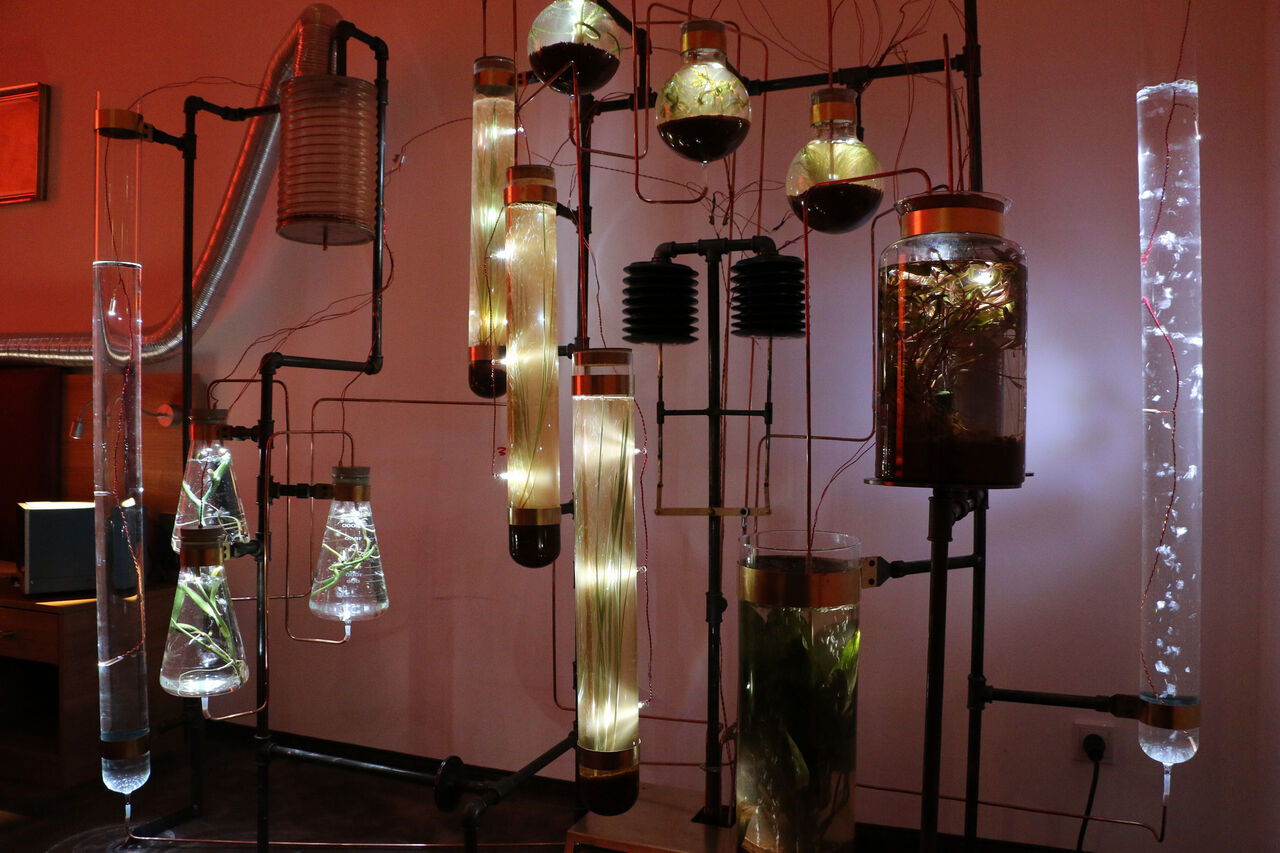 Lucid Peninsula by Time’s Up in collaboration with FoAM (2014)
Lucid Peninsula by Time’s Up in collaboration with FoAM (2014)
Multisensory spaces
PNs are interactive environments in which fragments of scenarios are transformed into physical spaces, objects, and tangible media. When people explore possible futures by touching, standing on, handling, or smelling speculative artefacts, they rely on their mental, emotional, and somatic faculties. Engaging all senses allows for embodied, multimodal learning and stimulates imagination. The immersive, interactive nature of PNs invites visitors to fill in the blanks between scenario fragments. As in the adage “I hear and I forget, I see and I remember, I do and I understand”, in PNs the visitors can relate to abstract concepts as experiential phenomena, which makes them more approachable and easier to understand. Rather than read and analyse, or watch and absorb, they inhabit the scenario, learning by doing.
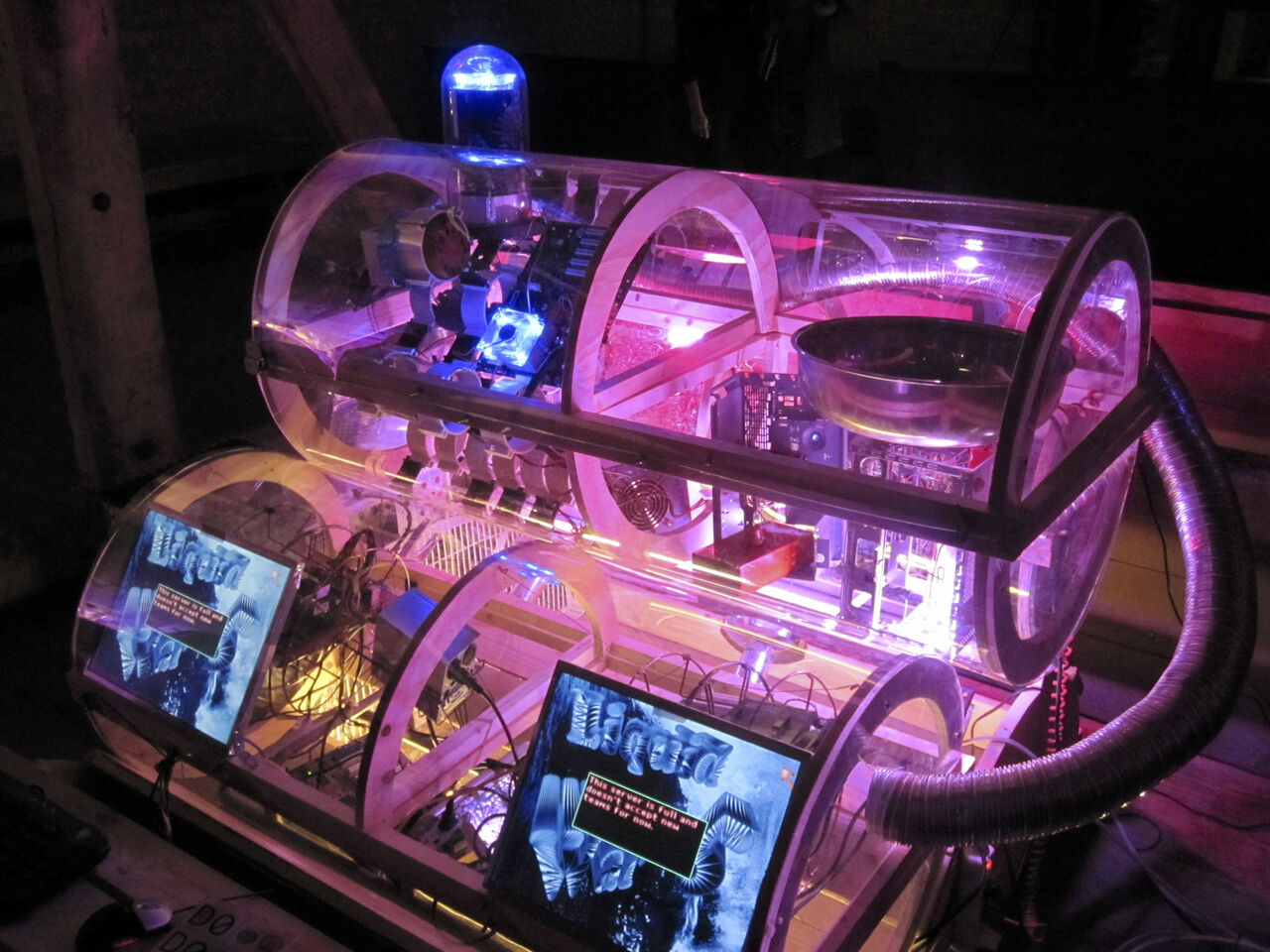 Biomodd by the SEAD Network (2017)
Biomodd by the SEAD Network (2017)
Futurecrafting at a human scale
Working with physical narratives as a means to experience future scenarios has led us to understand the importance of working with futures at a human scale, connecting them to the mundane, personal, social aspects of everyday life. Diffusing fragments of futures in physical spaces (rather than spoon-feeding a singular future vision) can stimulate a sense of agency. Freedom to engage in a worldmaking of their own and play with and interpret scenarios lets visitors uncover multiplicities of possible futures and an ability to co-create them. Social interaction within PNs can help focus our capacity to change things in the present and cultivate futures that encourage wonder, hope, and engagement.
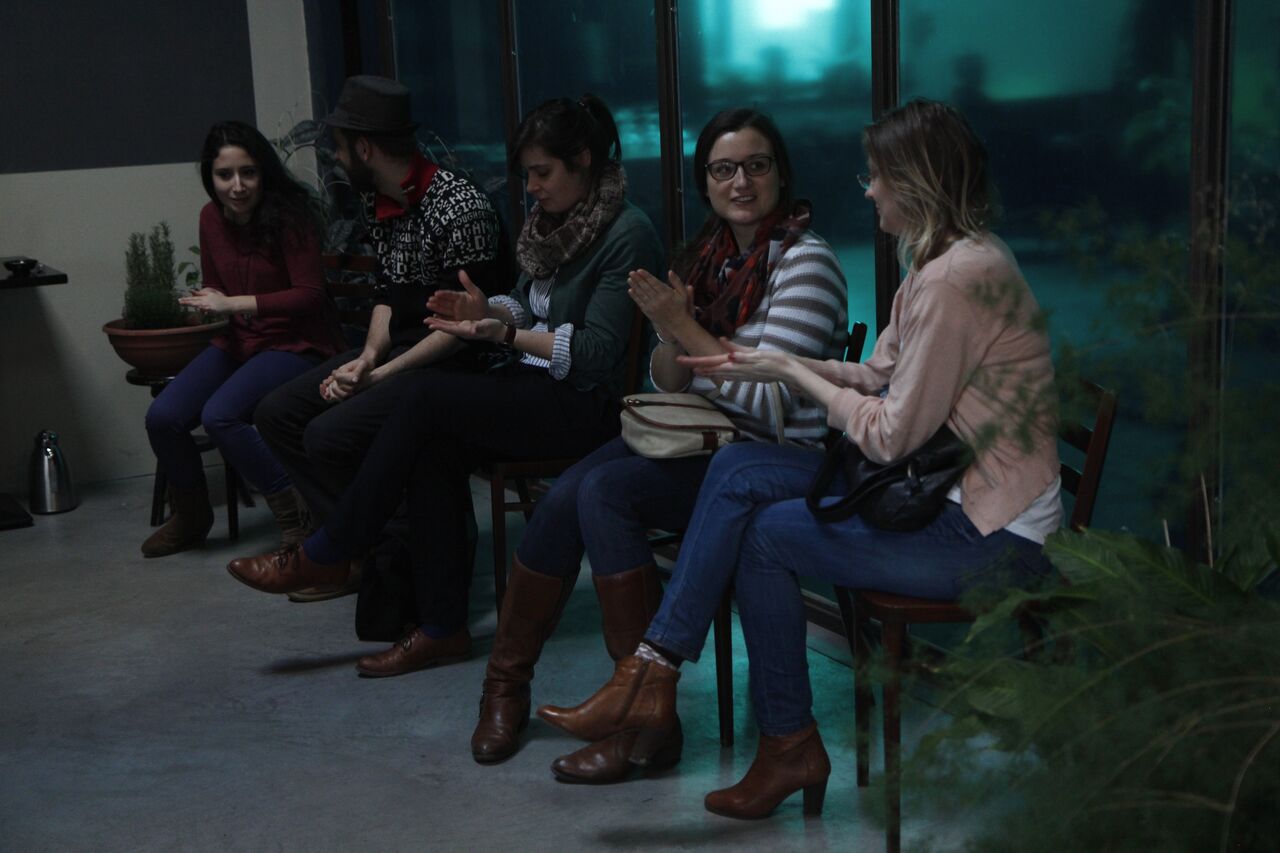 In the waiting room of the Stillness exhibition and PN (2016)
In the waiting room of the Stillness exhibition and PN (2016)
🝓